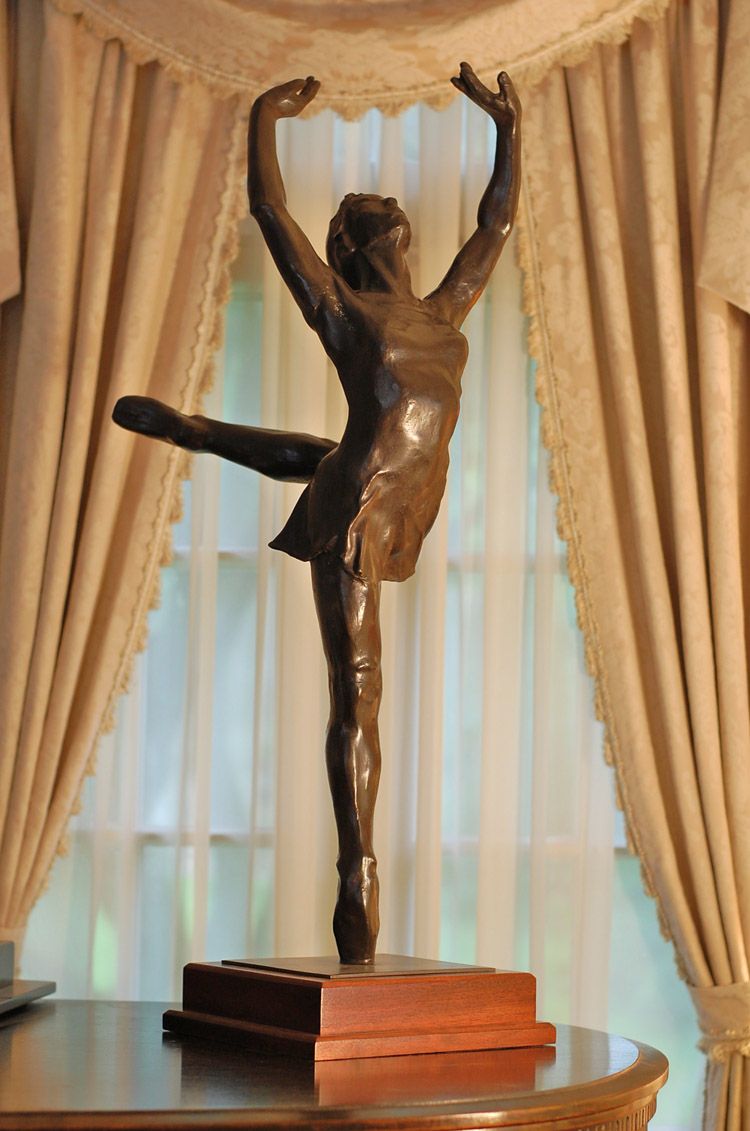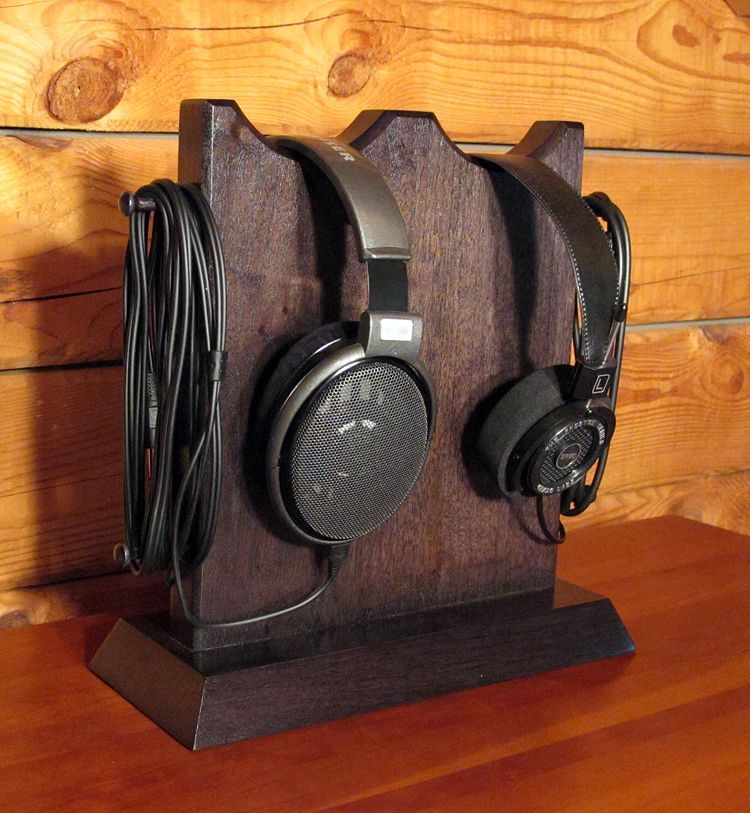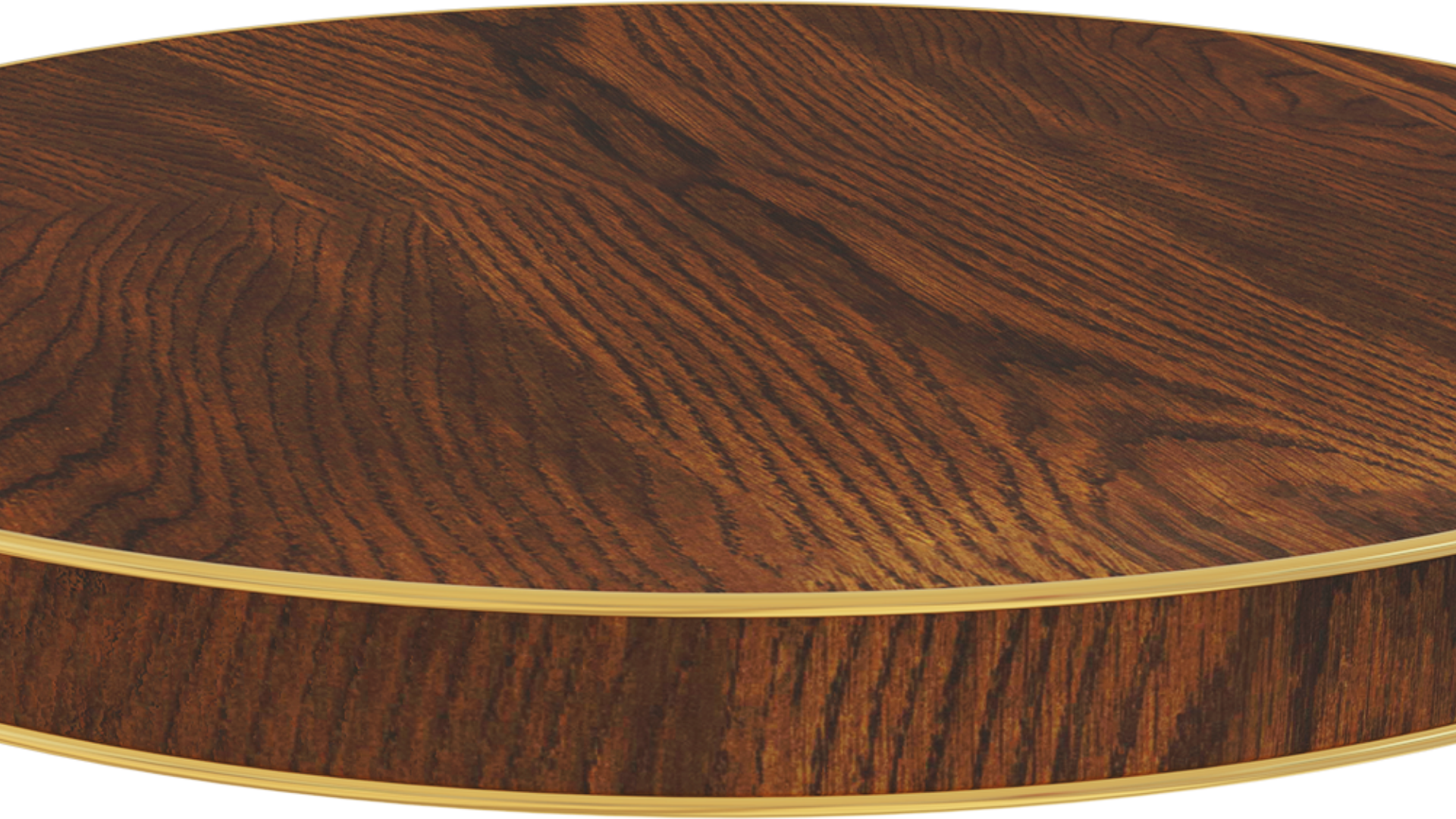Call FOR CUSTOM ORDERS: (434) 299-6102
How to Choose the Right Wood for Your Project
A Guide on Selecting the Best Types of Wood for Different Woodworking Projects
When it comes to woodworking, choosing the right type of wood is crucial for the success of your project. The right wood can make all the difference in terms of durability, appearance, and functionality. With so many types of wood available, it can be overwhelming to decide which one is best suited for your specific project. This guide will help you navigate the selection process so you can choose the perfect wood for your next woodworking endeavor.
1. Consider the Purpose of the Project
The first step in choosing the right wood is to understand the purpose of your project. Different types of wood have different properties, and each is best suited for certain tasks. For example:
Furniture (Tables, Chairs, Cabinets): For furniture, you’ll want wood that is durable, has an appealing grain, and can be easily stained or finished. Hardwoods like oak, maple, and cherry are popular choices due to their strength and beautiful grain patterns.
Outdoor Projects (Decking, Garden Furniture): When working on outdoor projects, you’ll need wood that can withstand the elements. Cedar, redwood, and teak are ideal for outdoor use because they are naturally resistant to rot and insects.
Flooring: Hardwoods like oak, maple, and hickory are often used for flooring due to their strength and wear resistance.
Decorative Items (Shelving, Frames, Art Pieces): For decorative woodworking projects, softwoods like pine or cedar are popular due to their lighter weight and ease of carving or shaping.
2. Understanding Wood Hardness
One of the most important factors to consider when choosing wood is its hardness. Hardwoods come from deciduous trees and are denser, making them more resistant to wear and damage. Softwoods, which come from coniferous trees, tend to be lighter and easier to work with but may not hold up as well to heavy use.
Hardwoods: Hardwoods like oak, cherry, maple, and walnut are strong and durable, making them perfect for furniture and high-traffic areas. They also take stain and finish well, which makes them ideal for visible, decorative projects.
Softwoods: Softwoods such as pine, fir, and cedar are easier to cut, shape, and nail. They are perfect for projects that don’t require as much strength but still need an aesthetically pleasing appearance. Softwoods are often used for decorative items, framing, and trim.
3. Grain and Aesthetic Considerations
The grain and appearance of the wood play a significant role in the final look of your project. Different types of wood have distinct grain patterns, textures, and colors. Some woods have a pronounced grain, while others have a smoother, more uniform look.
Oak: Oak is one of the most popular woods for furniture because of its attractive grain and durability. It has a prominent grain pattern that can give furniture a rustic or traditional feel.
Walnut: Known for its rich, dark color, walnut is often chosen for high-end, elegant furniture and cabinetry. Its smooth grain and deep, dark tones add sophistication to any project.
Maple: Maple has a smooth, uniform grain and a light color that is ideal for clean, modern designs. It takes stain well, allowing you to customize the color to your liking.
Pine: Pine has a soft, rustic look with a light yellowish tint. Its straight grain pattern makes it easy to work with, and it’s a popular choice for country-style or cottage furniture.
4. Consider Wood Durability and Stability
If your project is meant to last for many years, it’s important to consider the durability and stability of the wood. Hardwoods generally have better durability, but certain softwoods can also be very stable and suitable for long-term use.
Durability: If the project will be subjected to heavy use, such as a dining table or a chair, choose a hardwood like oak, cherry, or maple. For outdoor use, teak or cedar are durable choices that can stand up to moisture and insects.
Stability: Stability is important, especially for projects that involve large surfaces like tabletops or cabinets. Some woods, such as oak, are more stable and resistant to warping and shrinking. Others, like pine, may expand and contract more with changes in humidity.
5. Cost Considerations
Finally, your budget will play a role in the wood you select. Hardwoods tend to be more expensive than softwoods, but the long-lasting quality of hardwood can make it worth the investment, especially for furniture and heirloom pieces. If you're working with a tight budget, pine or poplar are affordable options that still offer great aesthetic appeal.
Conclusion: Choosing the Right Wood
Selecting the right wood for your project depends on various factors, including its purpose, the desired aesthetic, durability, and budget. Whether you’re building a beautiful piece of furniture, crafting home décor, or constructing outdoor structures, understanding the unique qualities of each type of wood will help you make an informed decision.
At Hal Woodworking, we are committed to using the best materials for your custom woodworking projects. Our expert craftsmen can guide you through the selection process to ensure your project is not only beautiful but also built to last.
You might also like
Book a Service Today
We will get back to you as soon as possible
Please try again later
Hours
Monday–Friday: 7AM–5PM
Saturday & Sunday: Closed
All Rights Reserved | Hal Woodworking




